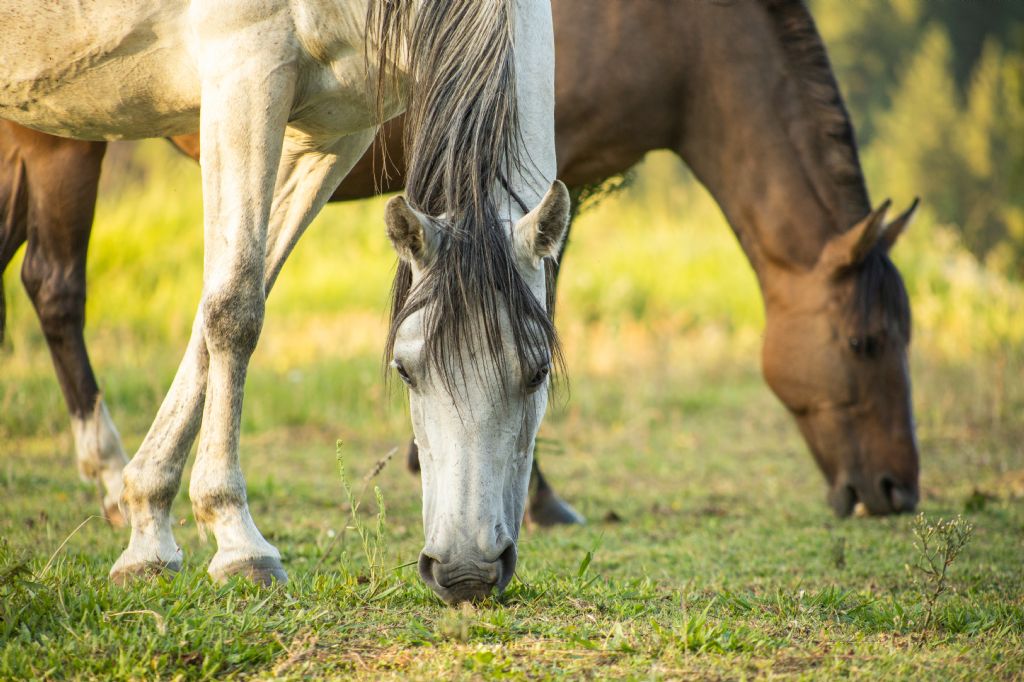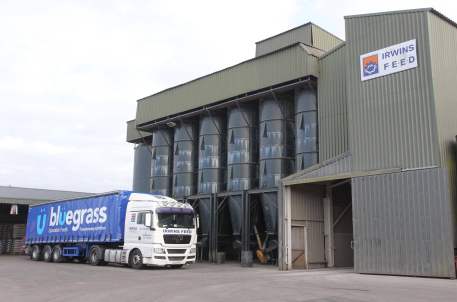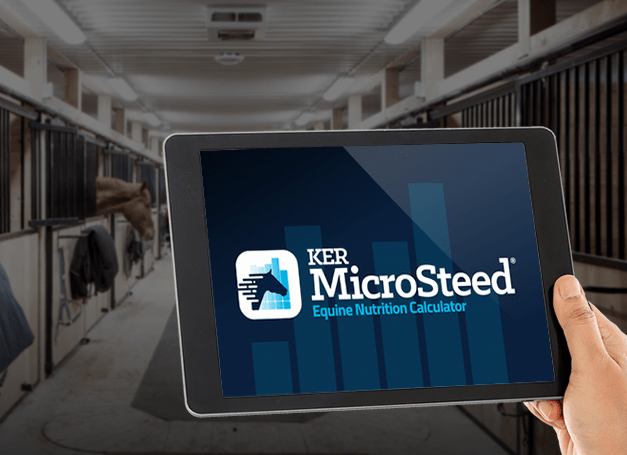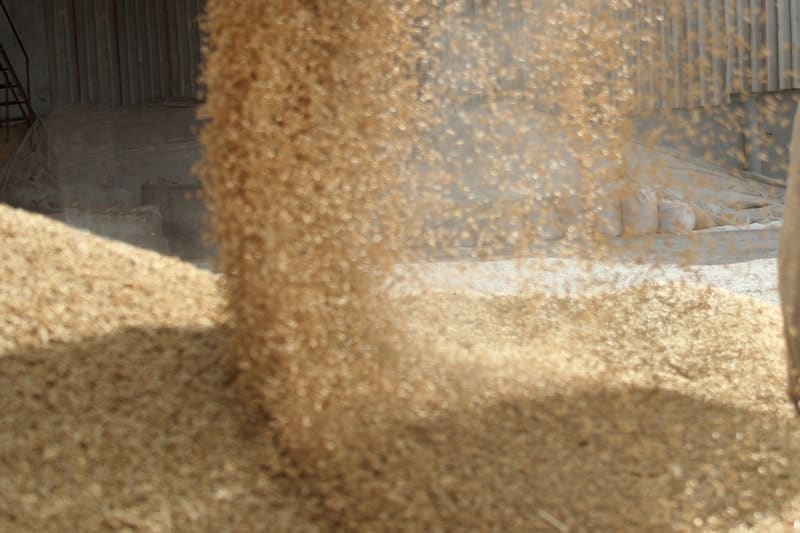Bluegrass News
Reading food labels is becoming the norm when choosing the weekly grocery shop, as consumers we are becoming more aware of making better and heather decisions on food products. The same applies to our horses feed. Within this article we will look at what a horse feed label includes and give some helpful insight into understanding how to choose the best product for your horse.
The label found on every Bluegrass Horse Feed product is a legal requirement known as a statutory statement, containing analytical constituents, additives and composition. The statutory statement is governed by the UK Feeding Stuffs Regulation which ensures that all feed brands and manufactures are complying by these rules and regulations. Basically, it helps to give you as horse owners (the consumer), peace of mind by cutting out any marketing highlights of the product and allowing you to understand exactly what is in the product. To comply by these regulations every label must include;
Name and Description of the Feed:
The product name must be stated on the bag along with a description, including the species this product is suitable for. Within the description you may find out some key points such as low in starch, high in fibre or oat free.
Direction of Use:
This usually gives your recommended feeding guidelines according to your horses workload/status, weight and size (horse or pony). It's important to remember that these are guidelines and are to be fed alongside good quality forage and clean water. If you're unsure of how much to feed, complete the Bluegrass Horse Feed diet request form https://www.bluegrasshorsefeed.com/diet-request-sheet for a tailored diet plan to suit your horse's needs.
Analytical Constituents:
To comply by law the following must be stated; % of crude protein, % of oils and fats, % of fibre and % of Ash. The quality and source of protein is just as important as the quantity. A horse in maintenance or light work can range from 10-12% protein feeds, breeding or growing youngstock usually ranges from 15-17%.
Composition:
This is simply the ingredients in the product in descending order, so the first listed feed material is found the most within the feed.
Additives:
These include things like vitamin A,D and E as well as all compound trace elements. The source and amount will also be stated.
Best Before Date and Batch Number:
The best before date differs for each product, for example Bluegrass Horse Feed mixes have an expiry date of 3 months and cubes are 4 months. After these dates the vitamin quality begins to deplete.
The batch number can be used by the manufacture to trace back information if an issue arises. As Bluegrass Horse Feed manufactures all products at their mill in Co, Tyrone, the batch number gives the ability to trace back to the date of manufacturing and quality assurance of raw materials.
Net Weight:
All bags will have to Net Weight displayed, in most Bluegrass Horse Feed bags these are 20kg in weight. Before leaving the mill, all Bluegrass bags are automatically weighed through a computerised system.
Manufactures Details:
All horse feed will have the name and address of the registered business and manufacture as well as the establishments number, this is the manufactures number not the brand.
By understanding the basics of your horses feed bag, it will help you when deciding what is the most suitable product for your horse. If you're unsure on feeding rates or suitability, it’s best to check with an equine nutritionist for advice. Learn more on what makes up your horses feed bag with our 12 part article series, visit www.bluegrasshorsefeed.com.












